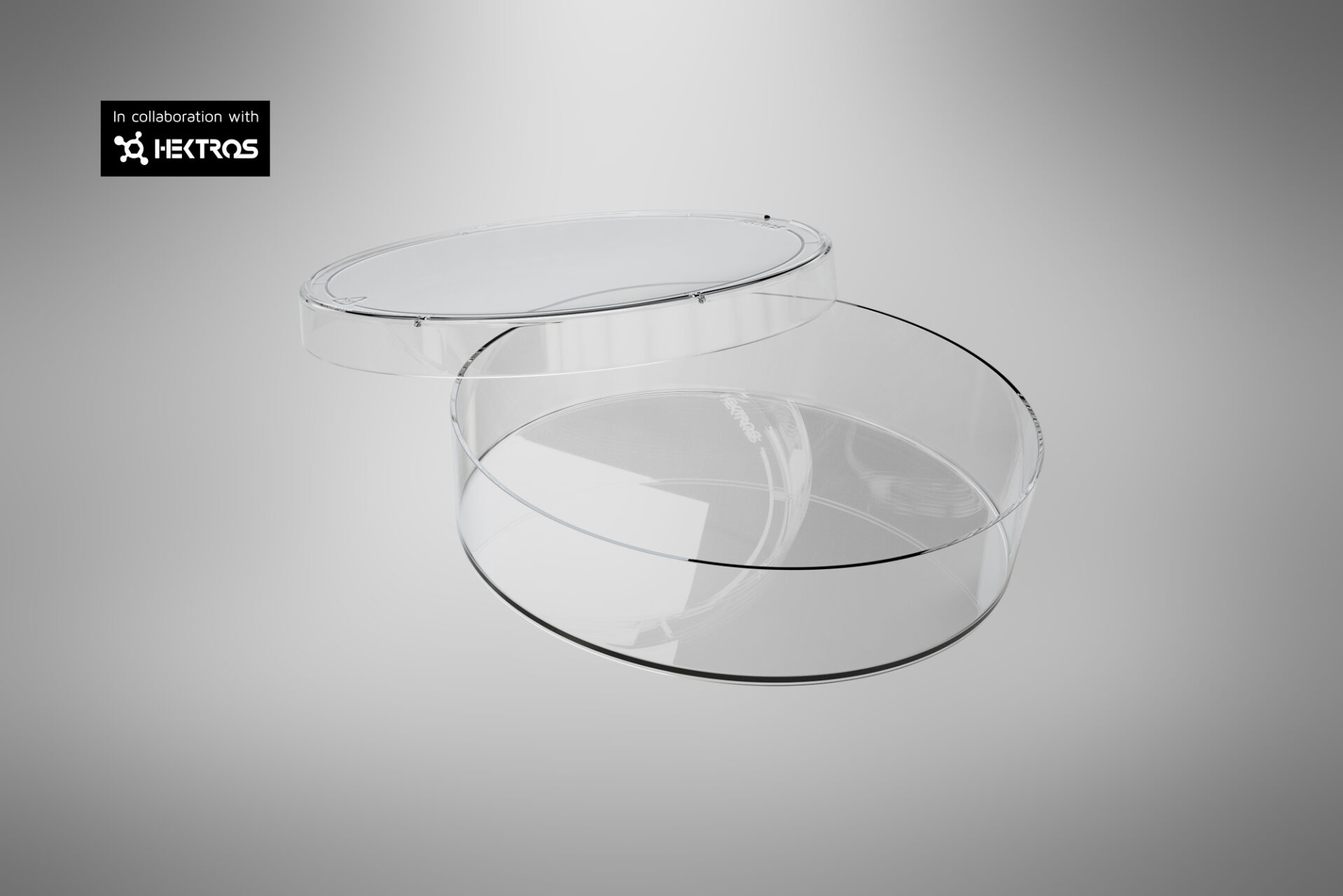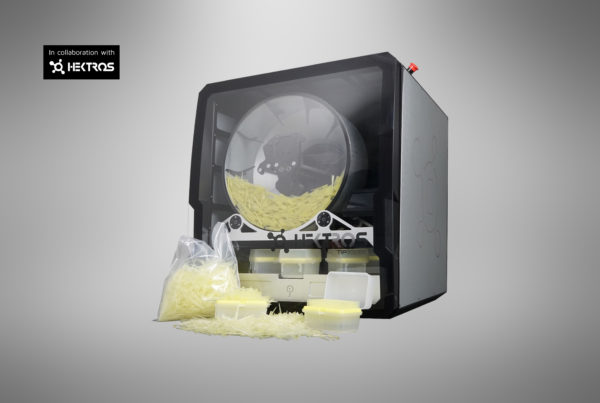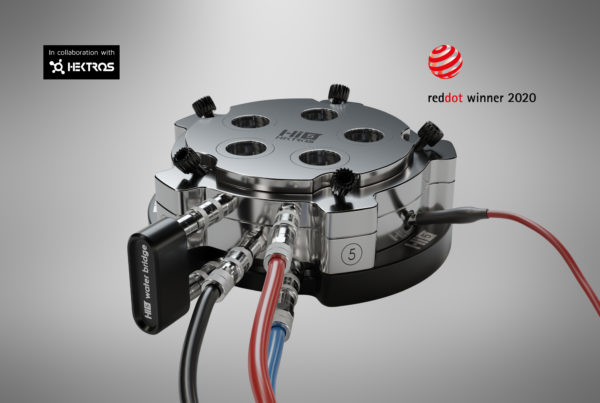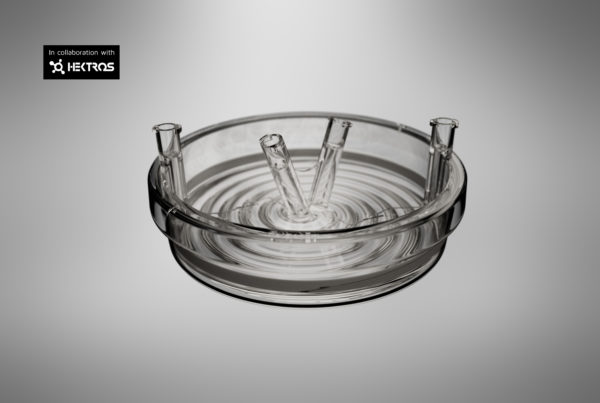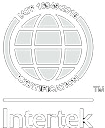Biomedical research
Each approved medicine is first thoroughly tested in cell cultures for primary efficacy and cell-specific side effects. Cells of human and animal origin have been cultivated in Petri dishes outside their natural environment for over a hundred years. In the past, Petri dishes were made of glass, today they are made of transparent plastic by injection molding.
Special features of Petri dishes produced at Tratter
The diameter of our Petri dishes has been adjusted so that the resulting cell growth area is 50 cm2, which makes it much easier to standardize results. Due to the special design of the injection mold and the plasma treatment integrated in the manufacturing process, very flat surface-activated Petri dishes can be produced.
Your innovative application
Petri dishes are easy to use. The problem: for the cell cultures, there is no continuous supply of nutrients and no continuous removal of excretion products as it happens in the human body. The reason for this is the wide variety of chemical processes that exist due to the nature of a common Petri dish. Thus the environmental conditions for the cells change during the duration of the experiment and reduce the informative value for the effectiveness of drugs. We have actually developed solutions for this! Perfusion culture systems such as the product HIPERGO enable organotypical living conditions. Our Petri dish is an important part of this.

